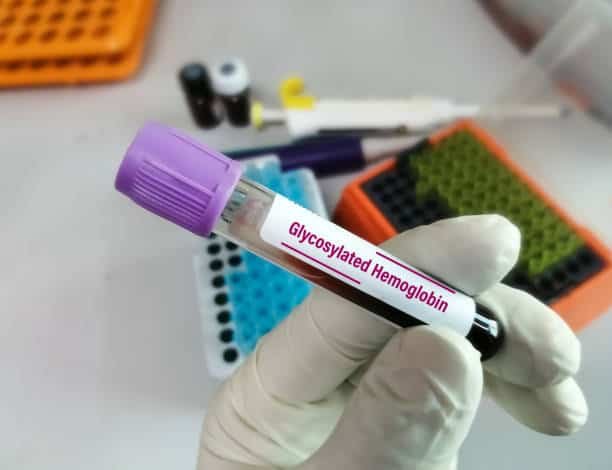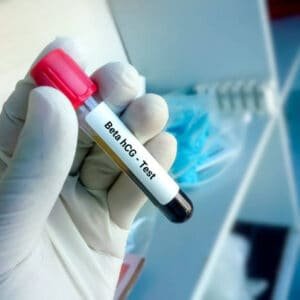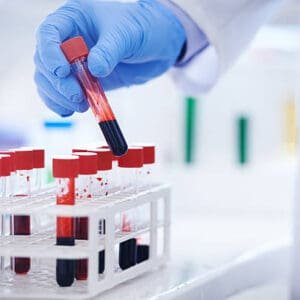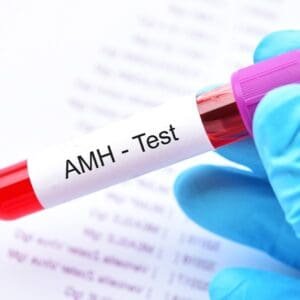Description
Hemoglobin A1C (HbA1c) Test
Email this page to a friend Print Facebook Twitter Pinterest
What is a hemoglobin A1c (HbA1c) test?
A hemoglobin A1c (HbA1c) test measures the amount of blood sugar (glucose) attached to hemoglobin. Hemoglobin is the part of your red blood cells that carries oxygen from your lungs to the rest of your body. An HbA1c test shows what the average amount of glucose attached to hemoglobin has been over the past three months. It’s a three-month average because that’s typically how long a red blood cell lives.
If your HbA1c levels are high, it may be a sign of diabetes, a chronic condition that can cause serious health problems, including heart disease, kidney disease, and nerve damage.
Other names: HbA1c, A1c, glycohemoglobin, glycated hemoglobin, glycosylated hemoglobin
What is it used for?
An HbA1c test may be used to check for diabetes or prediabetes in adults. Prediabetes means your blood sugar levels show you are at risk for getting diabetes.
If you already have diabetes, an HbA1c test can help monitor your condition and glucose levels.
Why do I need an HbA1c test?
The Centers for Disease Control (CDC) recommends that adults over the age of 45 get tested to screen for diabetes and prediabetes. If your results are normal, you should repeat the test every 3 years. If your results show you have prediabetes, you should get tested every 1-2 years. You should also talk to your health care provider about taking steps to reduce your risk of developing diabetes.
If you are under 45, you may need this test if you have certain risk factors. These include:
Being overweight or obese
High blood pressure
History of heart disease
Physical inactivity
Testing should be done every 3 years, and more frequently if your results show you have prediabetes.
You may also need an HbA1c test if you have symptoms of diabetes. These include:
Increased thirst
Increased urination
Blurred vision
Fatigue
What happens during an HbA1c test?
A health care professional will take a blood sample from a vein in your arm, using a small needle. After the needle is inserted, a small amount of blood will be collected into a test tube or vial. You may feel a little sting when the needle goes in or out. This usually takes less than five minutes.
Will I need to do anything to prepare for the test?
You don’t need any special preparations for an HbA1c test.
Are there any risks to the test?
There is very little risk to having a blood test. You may have slight pain or bruising at the spot where the needle was put in, but most symptoms go away quickly.
What do the results mean?
HbA1c results are given in percentages. Typical results are below.
Normal: HbA1c below 5.7%
Prediabetes: HbA1c between 5.7% and 6.4%
Diabetes: HbA1c of 6.5% or higher
Your results may mean something different. If you have questions about your results, talk to your health care provider.
If you have diabetes, the American Diabetes Association recommends keeping your HbA1c levels below 7%. Your health care provider may have other recommendations for you, depending on your overall health, age, weight, and other factors.
Learn more about laboratory tests, reference ranges, and understanding results.
Is there anything else I need to know about an HbA1c test?
The HbA1c test is not used for gestational diabetes, a type of diabetes that only affects pregnant women, or for diagnosing diabetes in children.
Also, if you have anemia or another type of blood disorder, an HbA1c test may be less accurate for diagnosing diabetes. If you have one of these disorders and are at risk for diabetes, your health care provider may recommend different tests.






Reviews
There are no reviews yet.